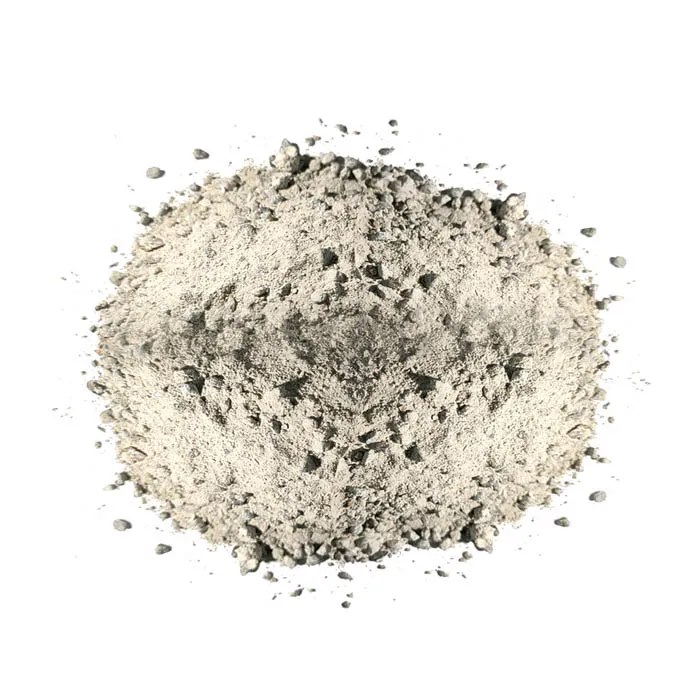Apr . 01, 2025 09:59 Back to list
Environmental Advantages of Using V Vibration Absorbing Materials
In a world increasingly focused on sustainability, choosing vibration absorbing materials for industrial and residential applications offers both environmental and economic benefits. These materials, designed to reduce noise and vibration, are not only essential for comfort and performance but also play a crucial role in reducing environmental impact. This article will explore how sound and vibration absorbing materials contribute to sustainability, their environmental advantages, and how they are transforming industries.

How Sound and Vibration Absorbing Materials Contribute to Sustainability
Sound and vibration absorbing materials are commonly used in various industries to reduce noise pollution and improve acoustics. These materials are made from sustainable resources and designed to absorb or dampen sound and vibrations, preventing their transmission through structures and environments. By utilizing these materials, businesses can reduce the need for more energy-intensive solutions, resulting in a smaller environmental footprint.
Why Choose Sound Absorbing Materials for Sustainability?
Sound absorbing materials such as recycled textiles, foam, and rubber can be produced with eco-friendly methods. They help reduce noise pollution, which has a significant impact on wildlife and human health. Using these materials decreases the need for synthetic alternatives that may harm the environment, promoting a cleaner and healthier planet.
Light Sound Absorbing Materials for Eco-Friendly Spaces
Light sound absorbing materials are an excellent option for individuals and businesses looking to enhance acoustics in a sustainable way. These materials are typically lightweight and flexible, offering easier installation and less energy use during manufacturing. Additionally, their lightweight nature often results in fewer raw materials being required, leading to less waste and a lower carbon footprint.
Why Are Light Sound Absorbing Materials Eco-Friendly?
The use of light sound absorbing materials like natural fibers or lightweight acoustic panels reduces resource consumption. These products are easy to transport and install, and their manufacturing processes tend to use less energy compared to heavier alternatives. This makes them a preferred choice for sustainable architecture and interior design projects.
Sustainable Sound Absorbing Materials for AC Systems
In applications like sound absorbing material for AC systems, sustainability is paramount. AC systems often generate unwanted noise that can affect both comfort and performance. By using environmentally friendly sound absorbing materials in these systems, manufacturers can reduce energy consumption and enhance system efficiency, which contributes to long-term environmental benefits.
How Does Using Sound Absorbing Material in AC Systems Promote Sustainability?
In AC systems, sound absorbing materials like recycled foam, rubber, and felt help reduce the need for soundproofing using harmful chemicals or energy-intensive techniques. By dampening the sound, these materials allow for quieter, more efficient systems that require less energy to operate, ultimately contributing to energy conservation and reducing environmental pollution.
The Long-Term Environmental Benefits of Sustainable Sound Absorbing Materials
One of the major environmental advantages of using sound absorbing materials is their longevity and ability to contribute to energy efficiency. These materials help reduce the need for mechanical ventilation and cooling systems, which rely heavily on energy-consuming devices. By decreasing sound transmission and vibration, businesses can also reduce operational costs and improve energy savings.
How Do Sustainable Sound Absorbing Materials Contribute to a Green Future?
Sustainable sound absorbing materials not only minimize noise pollution but also help lower the demand for energy-intensive products. Their long-lasting durability reduces the need for frequent replacements, which helps cut down on waste and resource depletion. Over time, this results in fewer environmental impacts, making them an ideal choice for those looking to create a greener, more energy-efficient environment.
FAQs About Sound and Vibration Absorbing Materials
What are vibration absorbing materials made from?
Vibration absorbing materials can be made from various sustainable materials, including rubber, foam, and natural fibers. These materials are designed to absorb and reduce vibrations, preventing their transmission through structures.
How do sound absorbing materials improve energy efficiency?
Sound absorbing materials improve energy efficiency by reducing the need for heavy-duty soundproofing techniques and decreasing reliance on mechanical cooling and ventilation systems.
Can light sound absorbing materials be used in industrial applications?
Yes, light sound absorbing materials can be used in industrial applications, particularly where space and weight are factors. They are ideal for reducing noise in areas like office spaces, factories, and manufacturing plants without compromising the building’s structural integrity.
How do sustainable sound absorbing materials help the environment?
Sustainable sound absorbing materials help the environment by reducing noise pollution, minimizing energy consumption, and reducing waste, as they often have longer lifespans and are made from eco-friendly resources.
Can sound absorbing materials be recycled?
Yes, many sound absorbing materials are made from recyclable components, such as rubber and foam. Recycling these materials helps reduce waste and ensures that they do not contribute to landfill growth.
By using vibration absorbing materials, you not only enhance your space’s acoustics but also promote sustainability and environmental responsibility. These materials offer a range of benefits, from improved energy efficiency to noise reduction, making them an essential component of eco-conscious design. Choose sound and vibration absorbing materials today and start contributing to a cleaner, greener future.
-
Strength with Premium Steel and Calcined Bauxite
NewsJul.28,2025
-
Revolutionize Construction Efficiency with Smart Industrial Materials
NewsJul.28,2025
-
Redefined with High-Grade Iron Powder Solutions
NewsJul.28,2025
-
Metallurgical Efficiency with Innovative Recarburisers and Covering Agents
NewsJul.28,2025
-
Industrial Efficiency Enhanced with High-Performance Recarburizer Solutions
NewsJul.28,2025
-
Boosted by Advanced Iron Powder and Carbon Additive Solutions
NewsJul.28,2025
